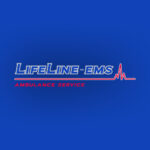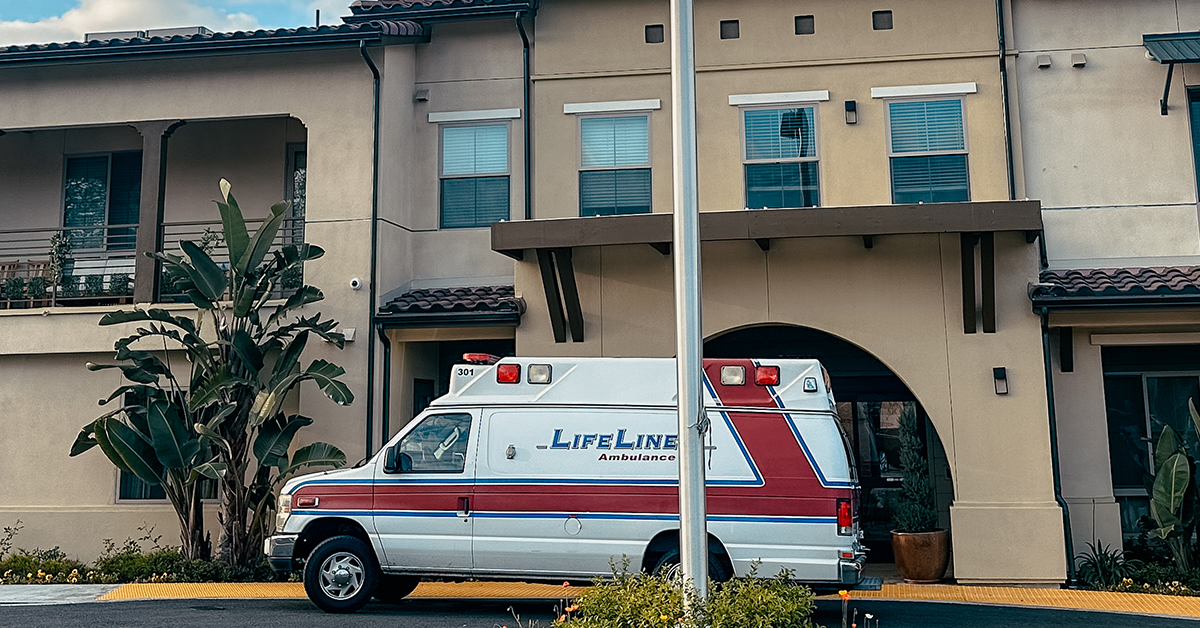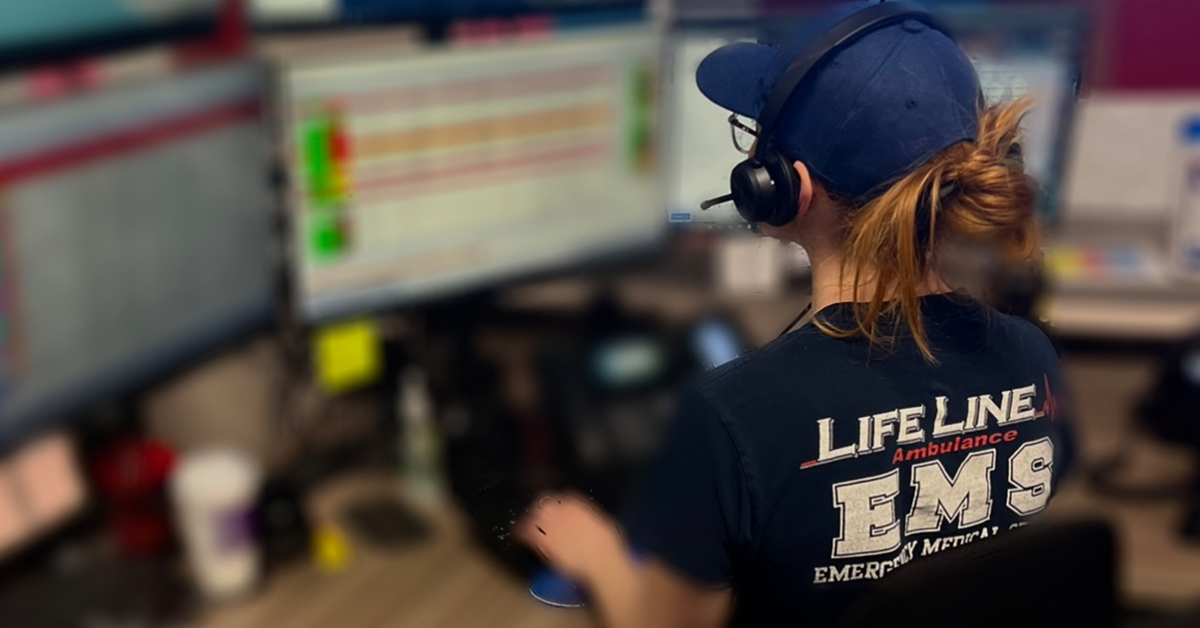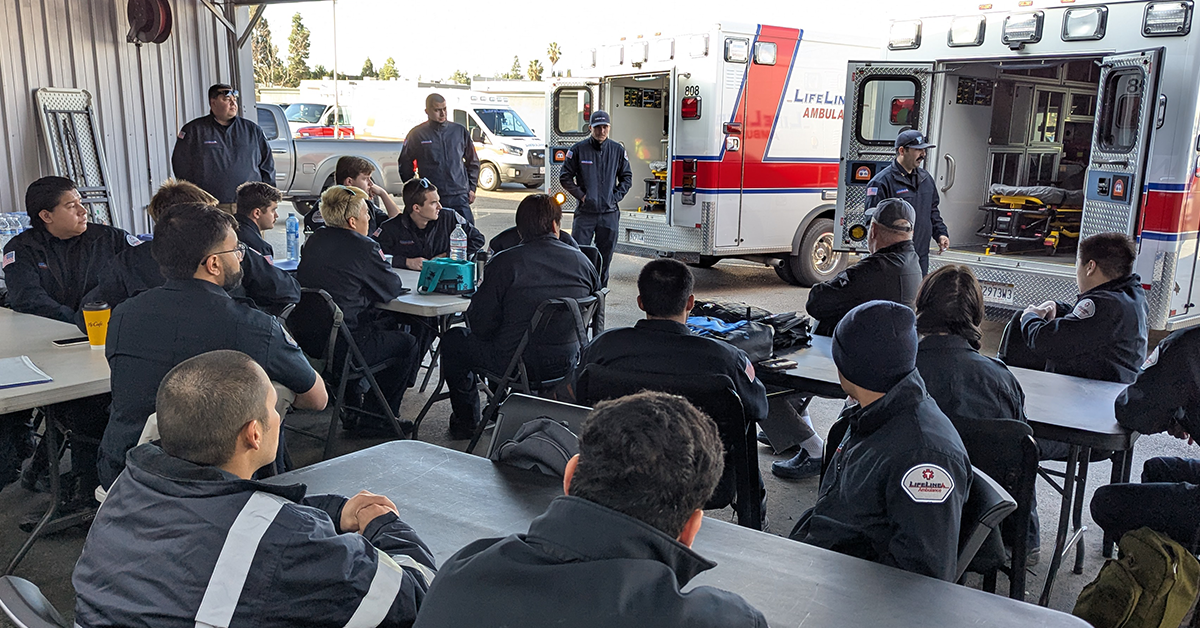The field of Emergency Medical Services (EMS) has long been an essential component of healthcare, providing critical care and rapid response in times of crisis. However, the role of Emergency Medical Technicians (EMTs) is undergoing significant changes. With advances in technology, shifts in healthcare needs, and an increasing focus on community-based care, EMTs are now taking on more complex and varied responsibilities than ever before. For EMS providers like LifeLine EMS in Los Angeles and Southern California, these changes represent an opportunity to offer enhanced patient care and play a more integrated role within the healthcare system. This article explores the evolution of the EMT role and what it means for the future of EMS.
The Expanding Role of EMTs
Traditionally, EMTs have been responsible for providing basic life support and immediate medical care in emergency situations. However, the scope of their role has expanded, incorporating advanced medical procedures, preventive care, and specialized services. This evolution reflects the changing landscape of healthcare and the need for EMS providers to adapt to meet new challenges.
1. Increased Responsibilities in Patient Care
EMTs today are expected to do more than stabilize patients for transport. They are now involved in a broader range of medical interventions, allowing them to deliver higher levels of care in the field.
- Advanced Life Support (ALS): Many EMTs are now trained in advanced life support, which includes administering medications, managing airways, and using specialized equipment like defibrillators and intravenous (IV) lines. This expanded skill set enables EMTs to provide critical care in cases of cardiac arrest, trauma, and other life-threatening situations.
- Chronic Disease Management: With an increase in chronic health conditions like diabetes, heart disease, and respiratory illnesses, EMTs are increasingly called upon to manage these conditions during emergency responses. This includes monitoring blood glucose levels, administering medication, and providing education to help patients better manage their health.
2. Greater Focus on Community Paramedicine
Community paramedicine, also known as mobile integrated healthcare, is an innovative model that expands the role of EMS providers beyond emergency response to include preventive care, chronic disease management, and patient education.
- Preventive Care Services: EMTs are being trained to conduct wellness checks, administer vaccinations, and offer health education as part of their routine services. These efforts aim to reduce the frequency of emergency calls and improve overall public health.
- Managing Non-Emergency Calls: A significant portion of 911 calls are for non-emergency situations, such as minor injuries or chronic conditions. EMTs are now playing a key role in triaging these cases, providing on-site care, and connecting patients with appropriate healthcare resources to avoid unnecessary hospital visits.
- Follow-Up Care: In community paramedicine programs, EMTs are also involved in follow-up visits to ensure patients are managing their conditions effectively and adhering to treatment plans. This proactive approach helps prevent medical emergencies and reduces hospital readmissions.
The Impact of Technology on the EMT Role
Technology is transforming the way EMTs work, enhancing their ability to provide care, communicate with other healthcare providers, and manage data. LifeLine EMS is at the forefront of incorporating these technological advancements, ensuring that its EMTs have access to the latest tools and resources.
1. Telemedicine and Remote Consultation
Telemedicine has become an invaluable tool in EMS, allowing EMTs to consult with physicians and specialists remotely. This capability has expanded the scope of care that can be provided in the field and improved patient outcomes.
- Real-Time Medical Support: Through telemedicine, EMTs can communicate with doctors in real time, receive guidance on complex medical cases, and make informed decisions about patient care. This support is particularly valuable in rural or remote areas where immediate access to hospitals may be limited.
- Reduced Hospital Transports: Telemedicine enables EMTs to determine whether a patient needs to be transported to the hospital or can be treated on-site. This approach reduces unnecessary transports, decreases healthcare costs, and frees up hospital resources for more critical cases.
2. Electronic Patient Care Reporting (ePCR) Systems
The shift from paper-based documentation to electronic patient care reporting (ePCR) systems has streamlined data collection and improved the accuracy of patient records. LifeLine EMS uses ePCR systems to ensure that patient information is recorded efficiently and securely.
- Enhanced Data Accuracy: ePCR systems reduce the risk of errors associated with manual data entry, ensuring that all patient information, vital signs, and treatments are accurately documented and accessible.
- Seamless Communication with Hospitals: With digital records, EMTs can transmit patient information directly to receiving hospitals, allowing medical staff to prepare for the patient’s arrival and ensuring continuity of care.
- Data Analytics for Continuous Improvement: The data collected through ePCR systems can be analyzed to identify trends, measure response times, and assess the effectiveness of treatments. This information is essential for continuous improvement and quality assurance in EMS operations.
3. Advanced Dispatch and GPS Technology
The use of GPS and advanced dispatch systems has significantly improved EMS response times and resource allocation. These technologies allow LifeLine EMS to quickly locate the nearest available unit and dispatch it to an emergency with precision.
- Optimized Routing: GPS technology ensures that ambulances take the most efficient routes to emergency scenes, reducing response times and improving patient outcomes.
- Predictive Analytics for Resource Allocation: By analyzing historical data, LifeLine EMS can anticipate peak demand periods and allocate resources accordingly. This proactive approach helps ensure that EMS teams are ready to respond when and where they are needed most.
The Growing Importance of Specialized EMS Roles
As the EMS field evolves, specialized roles within the profession are becoming more prevalent. EMTs are increasingly pursuing advanced certifications and training to specialize in areas like critical care, tactical EMS, and disaster response.
1. Critical Care Transport
Critical care transport involves transferring critically ill or injured patients between medical facilities, such as from a hospital to a specialized treatment center. EMTs and paramedics in this role have advanced training to manage complex medical conditions during transport.
- Advanced Training in Critical Care: EMTs who work in critical care transport receive training in managing ventilators, administering complex medications, and monitoring patients with severe health conditions.
- Specialized Equipment: Critical care transport vehicles are equipped with advanced medical equipment, allowing EMTs to provide continuous, high-level care during transport.
2. Tactical EMS
Tactical EMS involves providing medical support during high-risk law enforcement operations, such as SWAT team deployments. EMTs in this field must be trained to operate in dangerous environments while delivering medical care.
- Tactical Training: EMTs in tactical EMS receive specialized training in operating under high-stress, high-risk conditions. This includes skills in self-defense, operating under fire, and coordinating with law enforcement personnel.
- Rapid Medical Intervention: Tactical EMTs provide immediate medical care in hostile environments, ensuring that law enforcement personnel and civilians receive prompt treatment for injuries sustained during operations.
3. Disaster Response and Emergency Preparedness
EMTs are also increasingly involved in disaster response and emergency preparedness. With the growing frequency of natural disasters and public health crises, EMTs play a crucial role in coordinating and delivering care during large-scale emergencies.
- Disaster Preparedness Training: EMTs receive training in disaster response, including mass casualty incidents, triage, and the use of mobile treatment centers. This training ensures that they are prepared to respond effectively during natural disasters, pandemics, and other large-scale emergencies.
- Collaboration with Other Agencies: Disaster response requires close coordination with other emergency responders, including firefighters, police, and public health officials. EMTs are trained to work seamlessly with these agencies to provide comprehensive care and support.
LifeLine EMS: Leading the Way in the Evolving Role of EMTs
As the role of EMTs continues to evolve, LifeLine EMS remains committed to staying at the forefront of these changes by embracing new technologies, expanding training programs, and investing in specialized services. Here’s how LifeLine EMS supports its EMTs in this dynamic and growing field:
Commitment to Professional Development
LifeLine EMS places a strong emphasis on continuous learning and professional growth. EMTs are encouraged to pursue advanced certifications and training programs that enhance their skills and prepare them for specialized roles within EMS.
- Ongoing Training Programs: LifeLine EMS offers access to training in advanced life support, telemedicine, and disaster response, ensuring that EMTs are equipped with the latest knowledge and techniques.
- Career Pathways: The organization provides clear career pathways for EMTs interested in pursuing specialized roles, such as critical care transport or tactical EMS, with support for obtaining necessary certifications and credentials.
Embracing Technology and Innovation
LifeLine EMS is dedicated to using cutting-edge technology to improve patient care and enhance operational efficiency. By investing in tools like telemedicine, ePCR systems, and GPS-enabled dispatch, LifeLine EMS ensures that its EMTs have the resources they need to deliver exceptional care.
- Adoption of Advanced Systems: LifeLine EMS continuously explores new technologies that can streamline processes, enhance communication, and improve patient outcomes.
- Commitment to Quality Assurance: By leveraging data analytics and performance metrics, LifeLine EMS is able to assess and refine its services, ensuring that EMTs operate at the highest level of care.
Keep Reading
Want more? Here are some other blog posts you might be interested in.
In the high-stakes world of emergency medical services, clear and effective communication can mean the difference between life and death. EMS professionals...
Emergency Medical Services is an ever-evolving field that requires constant learning and adaptation. With medical advancements, technological innovations, and increasing public health...
Emergency Medical Services s a high-stress, physically demanding profession that requires dedication, quick decision-making, and resilience. While the rewards of saving lives...






